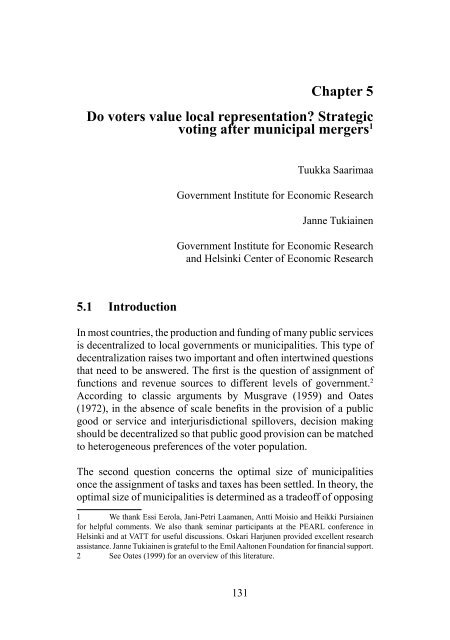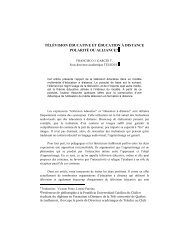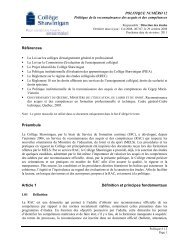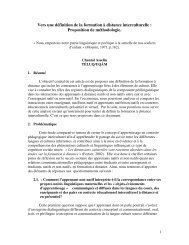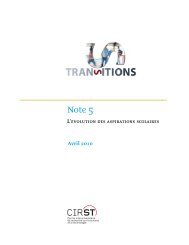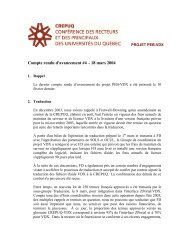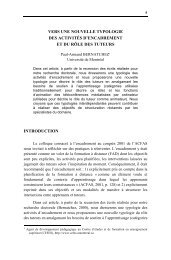61 Rethinking local government: Essays on municipal reform - VATT
61 Rethinking local government: Essays on municipal reform - VATT
61 Rethinking local government: Essays on municipal reform - VATT
Create successful ePaper yourself
Turn your PDF publications into a flip-book with our unique Google optimized e-Paper software.
Chapter 5Do voters value <str<strong>on</strong>g>local</str<strong>on</strong>g> representati<strong>on</strong>? Strategicvoting after <strong>municipal</strong> mergers 1Tuukka SaarimaaGovernment Institute for Ec<strong>on</strong>omic ResearchJanne TukiainenGovernment Institute for Ec<strong>on</strong>omic Researchand Helsinki Center of Ec<strong>on</strong>omic Research5.1 Introducti<strong>on</strong>In most countries, the producti<strong>on</strong> and funding of many public servicesis decentralized to <str<strong>on</strong>g>local</str<strong>on</strong>g> <str<strong>on</strong>g>government</str<strong>on</strong>g>s or <strong>municipal</strong>ities. This type ofdecentralizati<strong>on</strong> raises two important and often intertwined questi<strong>on</strong>sthat need to be answered. The first is the questi<strong>on</strong> of assignment offuncti<strong>on</strong>s and revenue sources to different levels of <str<strong>on</strong>g>government</str<strong>on</strong>g>. 2According to classic arguments by Musgrave (1959) and Oates(1972), in the absence of scale benefits in the provisi<strong>on</strong> of a publicgood or service and interjurisdicti<strong>on</strong>al spillovers, decisi<strong>on</strong> makingshould be decentralized so that public good provisi<strong>on</strong> can be matchedto heterogeneous preferences of the voter populati<strong>on</strong>.The sec<strong>on</strong>d questi<strong>on</strong> c<strong>on</strong>cerns the optimal size of <strong>municipal</strong>ities<strong>on</strong>ce the assignment of tasks and taxes has been settled. In theory, theoptimal size of <strong>municipal</strong>ities is determined as a tradeoff of opposing1 We thank Essi Eerola, Jani-Petri Laamanen, Antti Moisio and Heikki Pursiainenfor helpful comments. We also thank seminar participants at the PEARL c<strong>on</strong>ference inHelsinki and at <strong>VATT</strong> for useful discussi<strong>on</strong>s. Oskari Harjunen provided excellent researchassistance. Janne Tukiainen is grateful to the Emil Aalt<strong>on</strong>en Foundati<strong>on</strong> for financial support.2 See Oates (1999) for an overview of this literature.131


